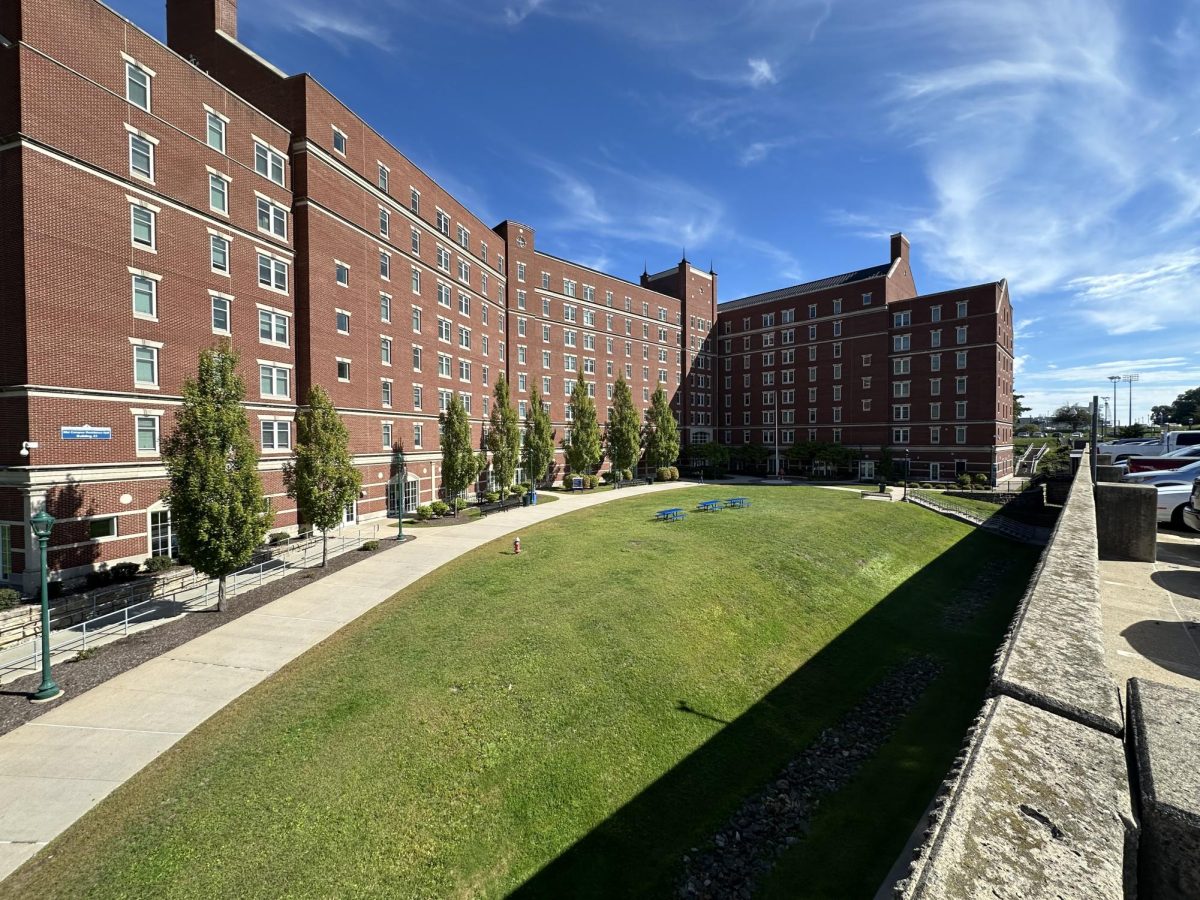 Temporary Housing in Welte a Possibility
Temporary Housing in Welte a Possibility
By Melissa Traynor and Kim Scroggins
A classroom in Herbert D. Welte Hall is under consideration for use as a temporary infirmary should international and out-of-state students become severely ill with the flu.
Rooms 107 and most likely 108 in Welte Hall are potentially available as temporary housing as a way for sick students to practice self-isolation to avoid spreading the flu to others.
Specifically, CCSU has approximately 150 students whose hometowns are further than three hours away from campus and the space, while not large, can be designated as temporary housing for students in this group who become seriously ill.
Rumors had begun to circulate over the past few weeks, some starting in the music department, that a space would be designed for students sick with H1N1. And almost immediately petition signs were posted around the walls of Welte asking students to sign their names if they were opposed to the temporary housing idea.
Students who were waiting outside of Room 108 on Friday for lessons voiced their concerns that an infirmary should not be placed in a relatively active building. Faculty said that Welte as an auditorium is rented out to the New Britain Symphony and is open to the public as well as CCSU students, which they feared would cause more exposure.
“This is the one building on campus where people are here 24/7,” said elementary education major Amanda Turley, CCSU ‘10, who is a former music major.
As a part of CCSU’s plan to handle a higher than usual amount of flu cases, the university is heavily considering rooms 107 and 108 in Welte. They are adjoining rooms, should over flow be required, and have a a bathroom, shower and private entrance.
The plan, which involved the work of many offices across campus, focuses on self-isolation as a way to reduce the spread of flu, or what could potentially be the H1N1 virus.
“We’re trying to make it so that those folks have as few obstacles as possible to stay away from other people so that we can do our best to limit the spread of infection,” Health Service Director Dr. Christopher Diamond said. At the same time, he hopes that the temporary housing will resemble the comforts of dorm life very closely.
The university plan is following recommendations by the Center for Disease Control, which advises that students with “flu-like illness should stay away from classes and limit interactions with other people, except to seek medical care, for at least 24 hours after they no longer have a fever.”
Diamond said that they are considering room 107 for up to four students, should temporary housing become absolutely necessary, but added that students who stay there will be given a set of behavioral guidelines to follow in order to limit the spread of the flu.
He approached music students and faculty last Tuesday in order to inform them of the situation and allow them to voice concerns and originally met with music department chair Dr. Charles Menoche within the first two weeks of the semester to discuss the university plan.
“[The plan ranges from] letting people know they need hand sanitizers to a much more complicated plan about like what to do when half of the campus is sick and in the middle there there’s a million details,” Diamond said. Some of those details included locating a safe and convenient spot for ill students who prefer to practice self-isolation.
“The last thing I would ever want to do is put someone at risk that wasn’t at risk before,” he said Tuesday.
The university’s attempts to prevent the spread of the flu can be found all over campus. Multiple hand sanitizer dispensers are placed in every building and informational sheets about how to practice better hygiene are posted on every bathroom door. The number one goal: Diamond hopes to “keep the campus as healthy as possible for as long as possible.”
As of last week, Health service was not confirming cases of H1N1, but Diamond said that out of 125 Health Service visits last Monday through Friday, only four or five had fevers, which they use as a flu indicator.
He requested 300 doses of the H1N1 vaccine last Thursday, but said he has no certainty that the university will receive them soon, if at all. The state is only releasing the vaccine to higher risk groups and the 18- to 24-year-old group has not been announced yet. The university already used all of its 280 doses for this season’s flu.


